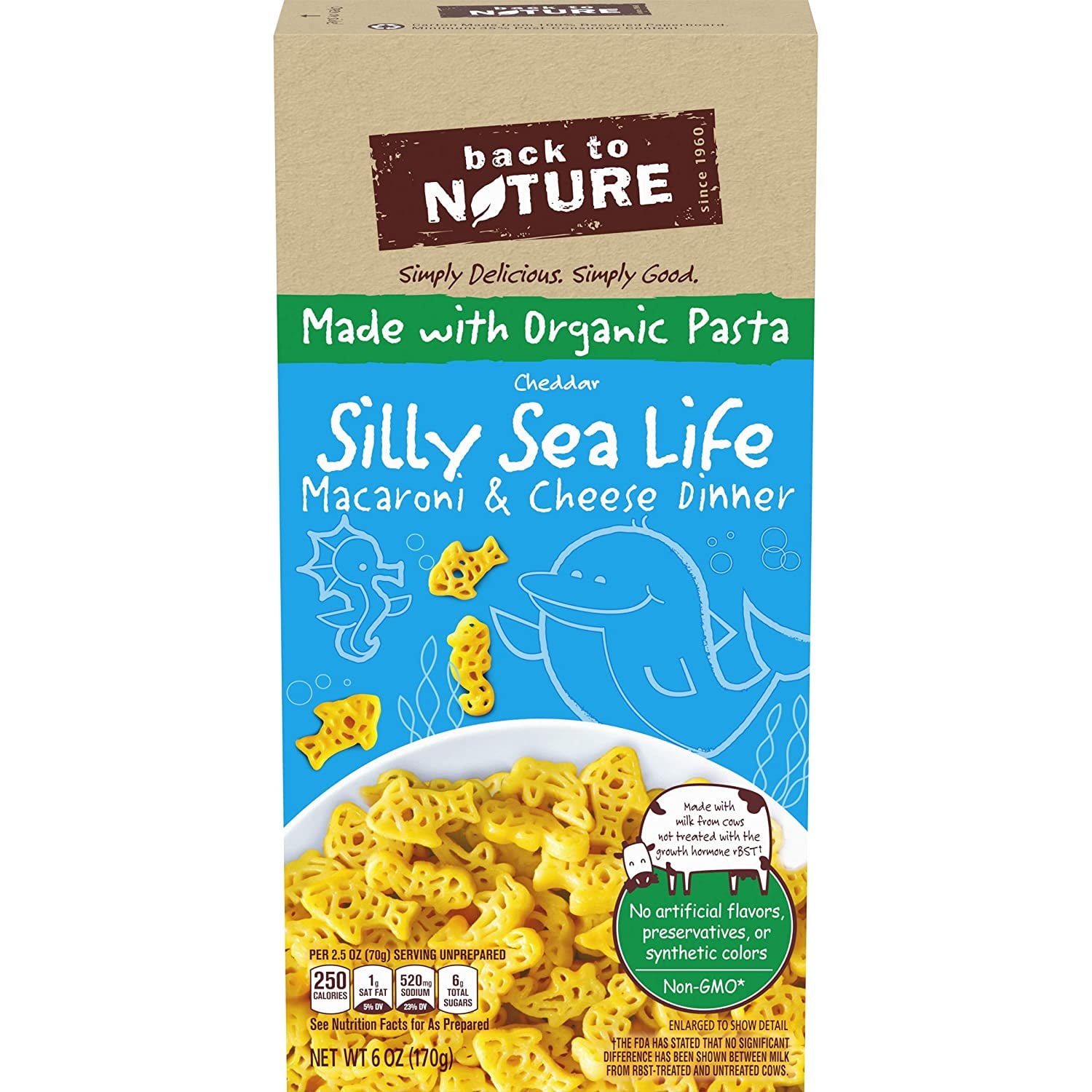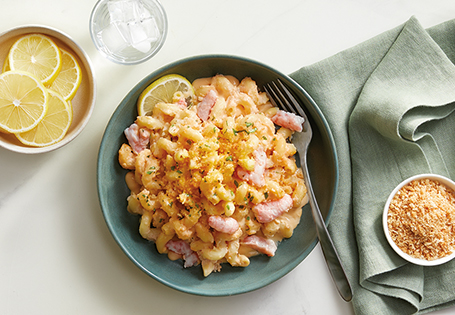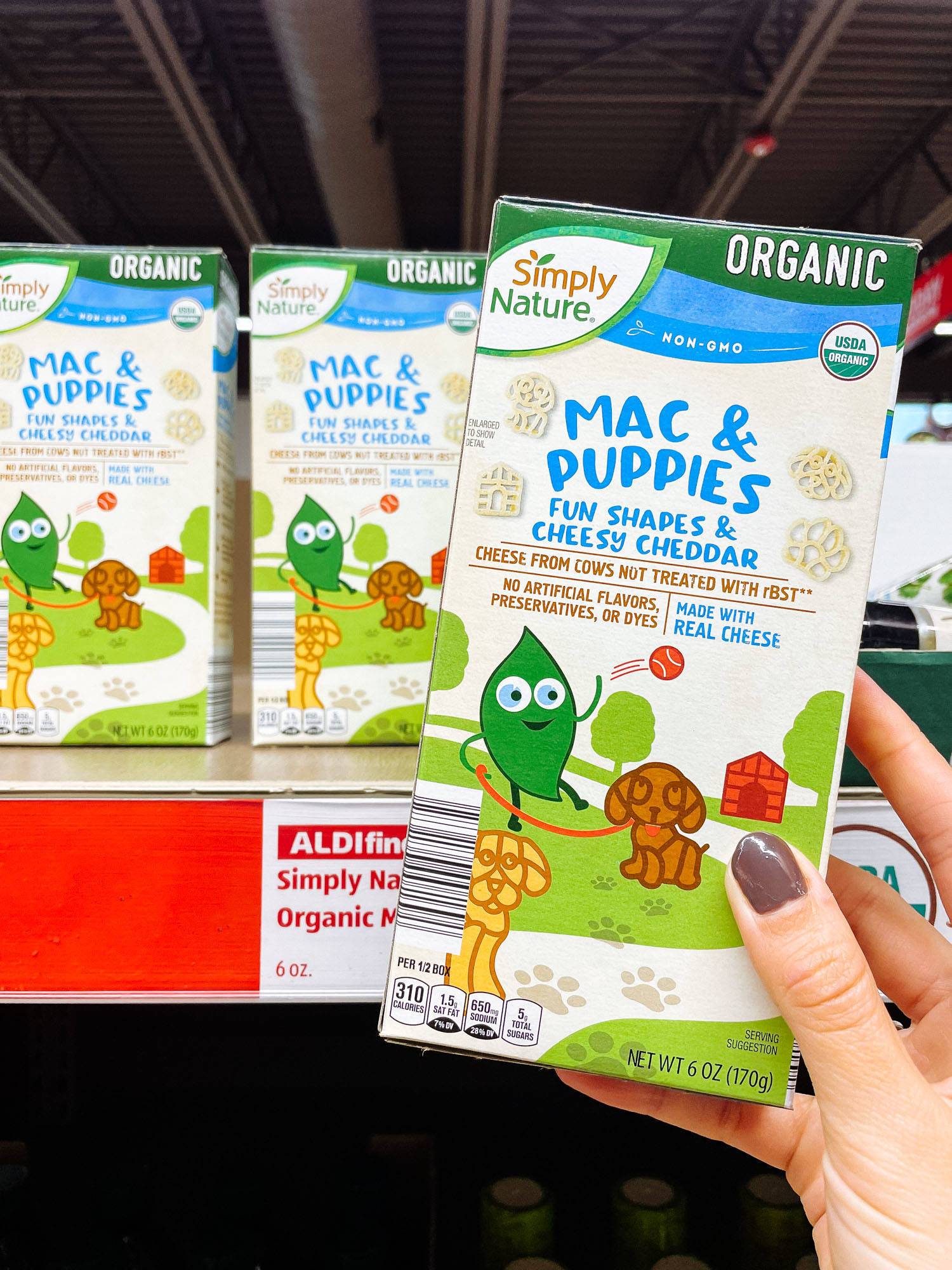

When the Romans began to make hard cheeses for their legionaries' supplies, a new word started to be used: formaticum, from caseus formatus, or "molded cheese" (as in "formed", not "moldy"). Old Norse ostr, Danish ost, Swedish ost are related to Latin ius "broth, sauce, juice.'" The Online Etymological Dictionary states that "cheese" comes from "Old English cyse (West Saxon), cese (Anglian).from West Germanic *kasjus (source also of Old Saxon kasi, Old High German chasi, German Käse, Middle Dutch case, Dutch kaas), from Latin caseus "cheese" (source of Italian cacio, Spanish queso, Irish caise, Welsh caws)." The Online Etymological Dictionary states that the word is of "unknown origin perhaps from a PIE root *kwat- "to ferment, become sour" (source also of Prakrit chasi "buttermilk " Old Church Slavonic kvasu "leaven fermented drink," kyselu "sour," -kyseti "to turn sour " Czech kysati "to turn sour, rot " Sanskrit kvathati "boils, seethes " Gothic hwaþjan "foam"). Similar words are shared by other West Germanic languages- West Frisian tsiis, Dutch kaas, German Käse, Old High German chāsi-all from the reconstructed West-Germanic form *kāsī, which in turn is an early borrowing from Latin. That gave rise to cīese or cēse (in Old English) and chese (in Middle English). The earliest source is from the proto-Indo-European root *kwat-, which means "to ferment, become sour". The word cheese comes from Latin caseus, from which the modern word casein is also derived. Vacuum packaging of block-shaped cheeses and gas-flushing of plastic bags with mixtures of carbon dioxide and nitrogen are used for storage and mass distribution of cheeses in the 21st century.

The long storage life of some cheeses, especially when encased in a protective rind, allows selling when markets are favorable. Hard cheeses, such as Parmesan, last longer than soft cheeses, such as Brie or goat's milk cheese. Cheese is more compact and has a longer shelf life than milk, although how long a cheese will keep depends on the type of cheese.

Cheesemakers near a dairy region may benefit from fresher, lower-priced milk, and lower shipping costs.Ĭheese is valued for its portability, long shelf life, and high content of fat, protein, calcium, and phosphorus. Vegetarian alternatives to rennet are available most are produced by fermentation of the fungus Mucor miehei, but others have been extracted from various species of the Cynara thistle family. Most cheeses are acidified to a lesser degree by bacteria, which turn milk sugars into lactic acid, then the addition of rennet completes the curdling. įor a few cheeses, the milk is curdled by adding acids such as vinegar or lemon juice. A cheesemonger, or specialist seller of cheeses, may have expertise with selecting the cheeses, purchasing, receiving, storing and ripening them. Other ingredients may be added to some cheeses, such as black pepper, garlic, chives or cranberries. The yellow to red color of many cheeses is produced by adding annatto. Herbs, spices, or wood smoke may be used as flavoring agents. Their styles, textures and flavors depend on the origin of the milk (including the animal's diet), whether they have been pasteurized, the butterfat content, the bacteria and mold, the processing, and how long they have been aged for. Over a thousand types of cheese exist and are currently produced in various countries. Some cheeses have aromatic molds on the rind, the outer layer, or throughout. The solid curds are then separated from the liquid whey and pressed into finished cheese.

During production, the milk is usually acidified and the enzymes of either rennet or bacterial enzymes with similar activity are added to cause the casein to coagulate. It comprises proteins and fat from milk, usually the milk of cows, buffalo, goats, or sheep. 1615Ĭheese is a dairy product produced in wide ranges of flavors, textures and forms by coagulation of the milk protein casein. Cheeses in art: Still Life with Cheeses, Almonds and Pretzels, Clara Peeters, c.


 0 kommentar(er)
0 kommentar(er)
